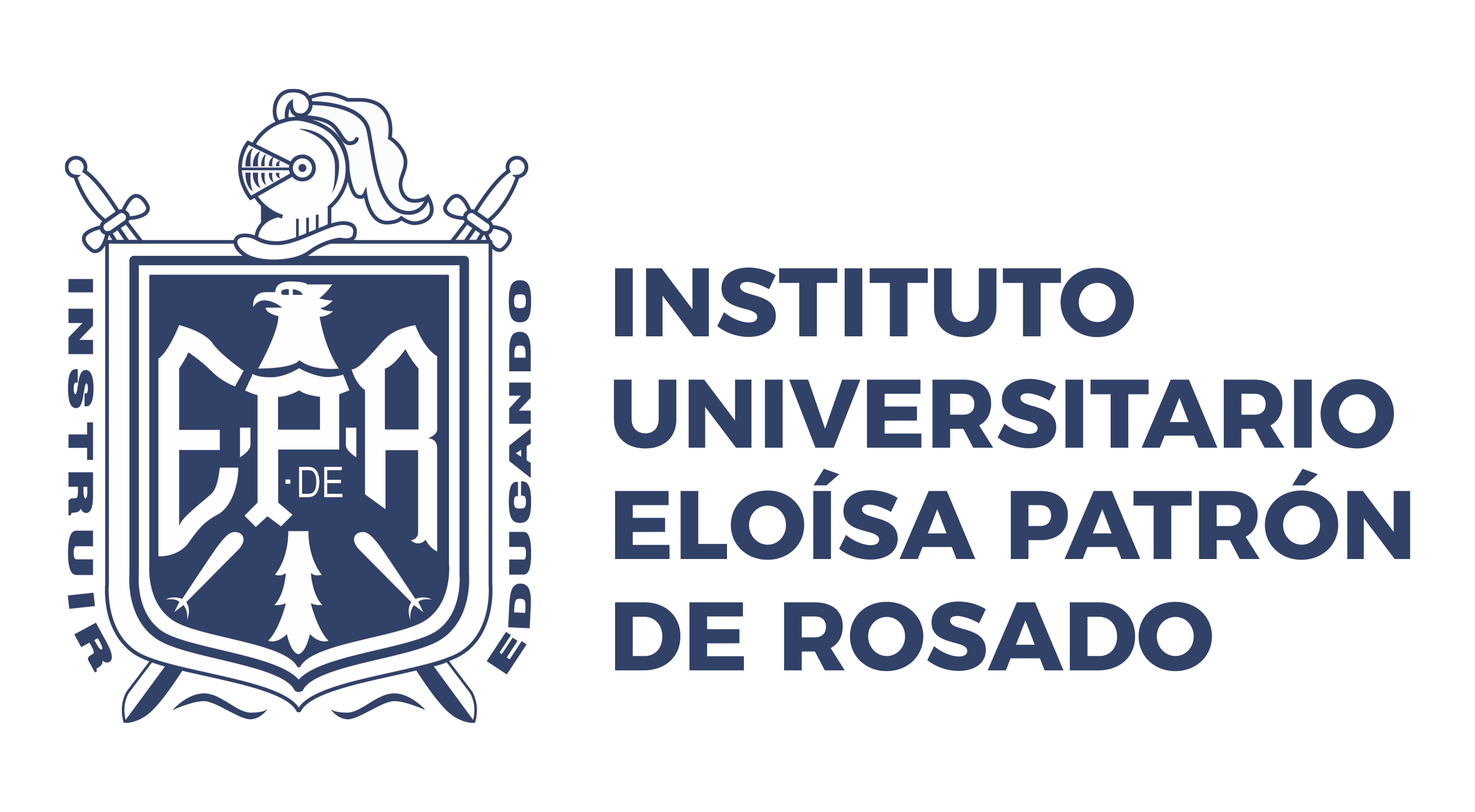Renal failure (2.9 ), cardiac arrest (8.7 ) and nosocomial infeccions (46.4 ). Mortality rates were higher for previous hepatic (75 ) and metabolic (33 ) diseases. We found a close association between crude mortality and SAPS II score (P = 0.003) and development of complications (P = 0.0028). Respiratory dysfunction (P = 0.006) and septic shock (P = 0.022) were most significantly related to mortality. No significant differences were founded regarding age, comorbidities, PORT score, etiologic agents, nosocomial infections and length of invasive mechanical ventilation. Conclusions Previous hepatic chronic disease was strictly related to higher mortality as well as isolation of MRSA. ARDS and septic shock predicted a poor outcome. SAPS PubMed ID:https://www.ncbi.nlm.nih.gov/pubmed/27028542 II score was the best severity indicator of mortality. P2 Closed endotracheal suction system without periodic change versus open endotracheal system L Lorente, M Lecuona, J Villegas, M Mora, A Sierra Hospital Universitario de Canarias, Santa Cruz de Tenerife, Spain Critical Care 2005, 9(Suppl 1):P2 (DOI 10.1186/cc3065) Objective It is known that the closed tracheal suction system (CTSS) produces less hemodynamic and gasometric deteriorationthan an open tracheal suction system (OTSS). Use is limited because no decrease in the incidence of ventilator-associated pneumonia (VAP) was found and also because it is more expensive. But, is daily periodic change of the CTSS necessary? The aim of this study was to analyze the incidence of VAP using a CTSS without periodic change versus an OTSS. Methods It is a prospective study of ICU patients from 1 January 2004 to 31 October 2004. Patients who PubMed ID:https://www.ncbi.nlm.nih.gov/pubmed/28494588 required mechanical ventilation (MV) were randomized into two groups: one group was suctioned with CTSS without periodic change and another group with OTSS. An aspirate tracheal swab and a throat swab on admission and afterwards twice weekly were taken. VAP was classified based on throat flora in endogenous and exogenous samples. The statistical analysis was performed by chi-square test and Student’s t test, and we took P < 0.05 as a significant difference. Results There were no significant differences between both groups of patients (236 with CTSS without periodic change and 211 with OTSS) in age, sex, diagnosis groups, APACHE II score, number of aspirations per day and mortality. No significant differences were found in the percentage of patients who developed VAP (13.98 vs 14.02 ), DCPIB nor in the number of VAP per 1000 MV-days (14.13 vs 14.67). At the same time we did not find any differences in the percentage of patients who developed exogenous VAP (0.96 vs 0.88 ). In the patients who needed MV during 24 hours or more, the aspiration cost was less expensive in the CTSS without periodic change group than in the OTSS group ( 1.89 ?1.53 vs 2.45 ?0.71 per patient-day, P < 0.0001). Conclusions We conclude that in our study the CTSS without periodic change decreased the aspiration cost and did not modify the VAP incidence. P3 Ventilator-associated pneumonia caused by multidrug resistant bacteria M Sartzi, M Charitidou, A Panagiotakopoulou, C Michas, F Tsidemiadou, P Clouva-Molyvdas `THRIASSIO' Hospital of Eleusis, Attica, Greece Critical Care 2005, 9(Suppl 1):P3 (DOI 10.1186/cc3066) Introduction The aim of the study was to investigate the epidemiology, clinical characteristics and severity of ventilatorassociated pneumonia (VAP) caused by multidrug resistant bacteria (Group I) and to identify possible differences from VAP caused.

Comentarios recientes